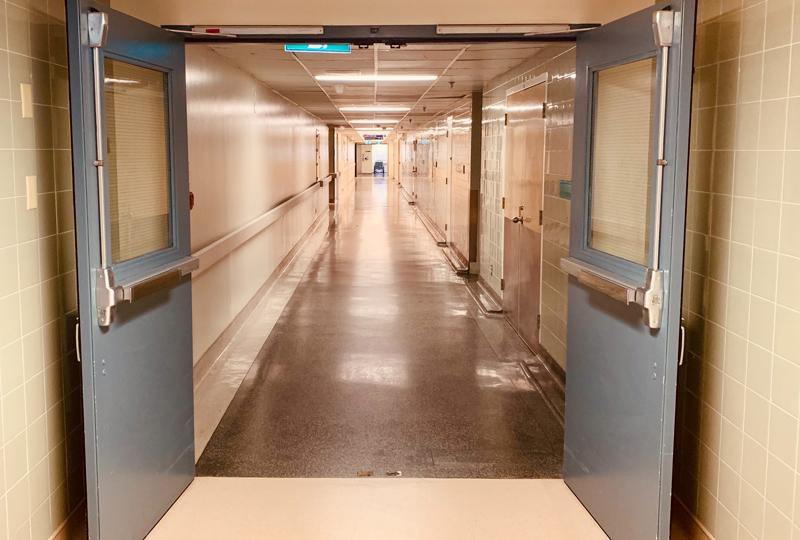My friend Joe had shoulder replacement surgery in mid-January. Boy, talk about having to shoulder a painfully BAD customer experience! Following is his story.
Real World Story: Based on the paperwork we had received, it wasn’t clear where we needed to go exactly—which building should we enter? The map highlighted two buildings, but it turned out that neither was correct. After running around for a while, Joe was told to go to the building next to the fountain. Huh?
After running around the complex again, we noticed that the names on the buildings did not match exactly with what was printed on the paper map; however, we eventually found the main building but were greeted by a security officer who was quite rude.
Instructions weren’t clear about where to go after checking in. A lady started talking to joe but was interrupted by someone else. She then walked away mid-sentence.
Luckily, the volunteers turned out to be the best source of information. They were kind and explained what was going to happen and who we should be talking to. Roger, a volunteer, was quite good and helpful. He explained to visitors what was happening throughout the morning and afternoon while patients were in surgery and then recovery.
Not so luckily, the two restrooms on the surgery floor were FILTHY—dirty toilet water, poop stuck to the toilet, paper towels on the floor, NO toilet paper, NO protective sheets. And it was only 9:30 am.
I reported the restroom problems to Yvonne, a volunteer. She was also quite good and responsive, immediately making a phone call. I heard her explain the problem and ask for immediate assistance. When I left the hospital at 3 pm, however, the bathrooms were still FILTHY.
Strategies that Turn it Around:
- Learn to make instructions and information clear: Consistency is the name of the game here. For example, if you create a map of your campus, make sure the names of buildings on the map match the actual names on buildings. If you have a fountain on campus, make sure you illustrate it on your map. If you provide paperwork to patients who are coming in for surgery, be sure to cover all your bases clearly: where to park, where to enter, which floor to go to, where reception is located, and what to expect throughout the entire process so patients know “what comes next” and are not left guessing. They’re probably already nervous and anxious enough.
- Learn to interact with people: I blame technology for making us forget, or never learning in the first place, how to treat other people. Interactions with people have three basic parts: introduction, the middle, and an end. Introduce yourself to people, so they know who you are. Stay engaged with people throughout the middle of your interaction, so you know what their needs are and how you can help. Conclude your interaction by excusing yourself instead of simply walking away.
- Learn that customer service is everyone’s job: It’s great that organizations have specific customer service team members and, in some cases, even volunteers who are responsible for interacting with patients and customers. BUT it truly is everyone’s responsibility to be able to deliver great customer service—from parking attendants and maintenance staff, to security guards and front desk receptionists, to administrators, nurses and doctors. Everyone.
- Learn that the appearance of your offices—from the parking lot to your reception area to the bathrooms—is an integral part of your customer service delivery!
Remember: Customer service is everyone’s responsibility. You don’t need to spend a lot of time helping people but guiding and instructing patients and customers can be done quickly, efficiently and professionally. And knowing how to interact with people on a human level will go a very long way to making great lasting impressions.
How does your organization ensure that everyone on staff knows they are responsible for providing a great patient experience?

